I want to create a diptych image with a contrasting set of lower legs and feet wearing different shoes. One pair with hyper-feminine connotations, sparkly silver, Cinderella style heels on a pink background and the other with contrasting masculine connotations, black docs martens on a blue background. Another key feature of the contrasting portraits is presence of and lack of leg hair. The act of shaving leg hair is something that is considering feminine and is expected of women in our society. I have chosen to continue growing out the hair on my legs for the purpose of the masculine shoot before I will have to shave them for the feminine counterpart of the diptych. I would also like to maybe experiment with creating a portrait where i have only removed the hair on one leg to get another sense of contrast. I’m not sure if this image will be particularly successful but i think it will be worth trying.

Above is a fine liner drawing which I then altered in Photoshop of what I want to aim for when creating the feminine counterpart of my diptych. In my hyper-feminine image I want to give a sense of femininity through the use of the colour pink, feminine foot wear and a more feminine pose, the typical “popped toe” I also want my pairs of feet to be facing each other to create a sense of symmetry and contrast, although i also plan to experiment with different angles and will see which works best later on. For this image I plan to use my pink backdrop which I unfortunately ordered in the wrong size, but for a more close up image I hope that this will not be a problem.

Above is a fine liner drawing which I then altered in Photoshop of what I want to aim for when creating the more masculine counterpart of my diptych. I plan to establish a sense of masculinity by not polishing my boots for a few days before the shoot to ensure that they have a few scuffs and scrapes, the “worn” look will connotes masculinity because the wearer has clearly been wearing them regularly in not so clean environments. As previously stated, I also want to include leg hair in this image to go against the expectation that women should have to remove their body hair. I also plan to use my blue backdrop for this image, but it unfortunately was shipped to me folded up rather than rolled so I will need to find a way to iron vinyl without it melting.

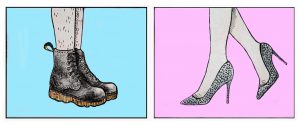
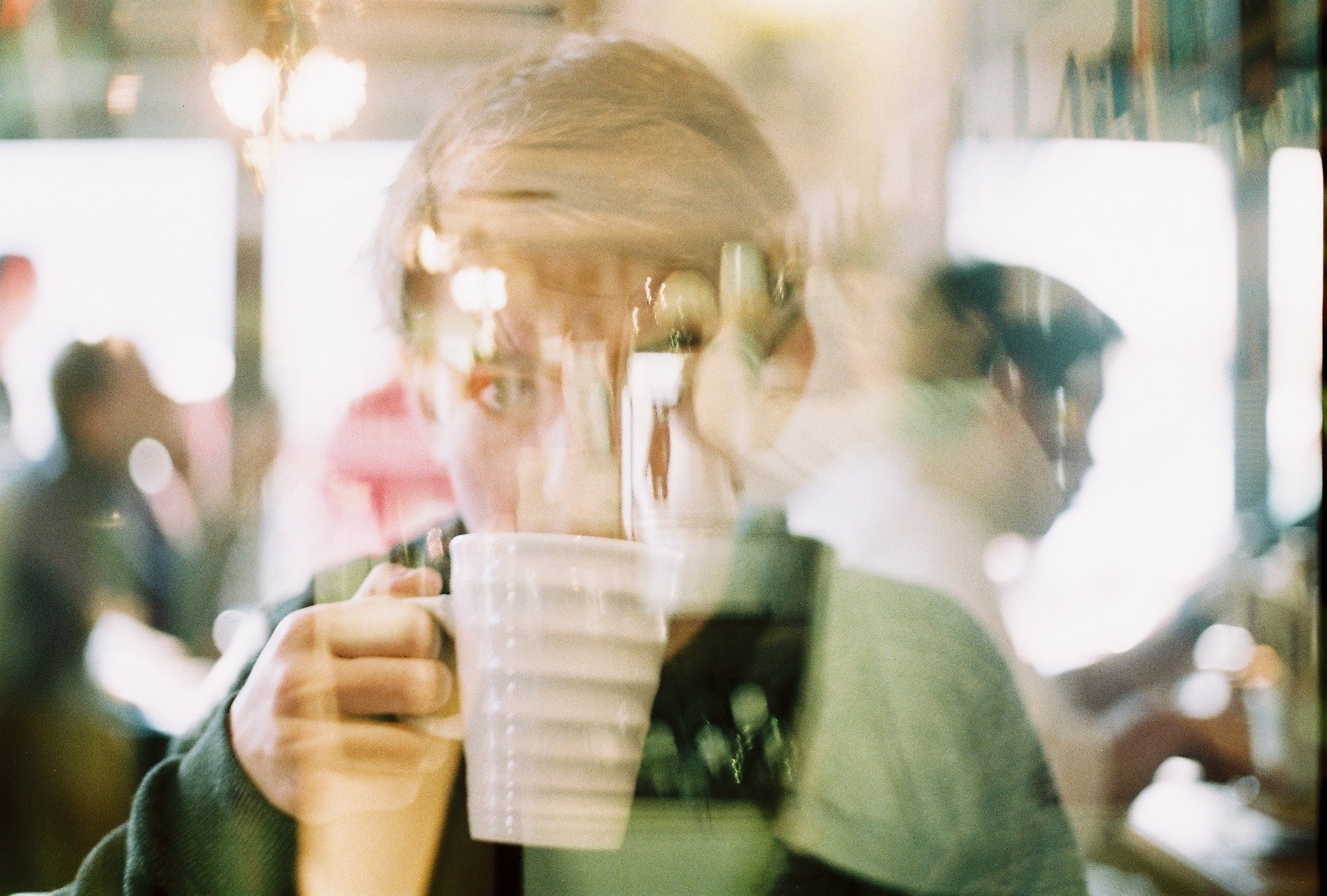
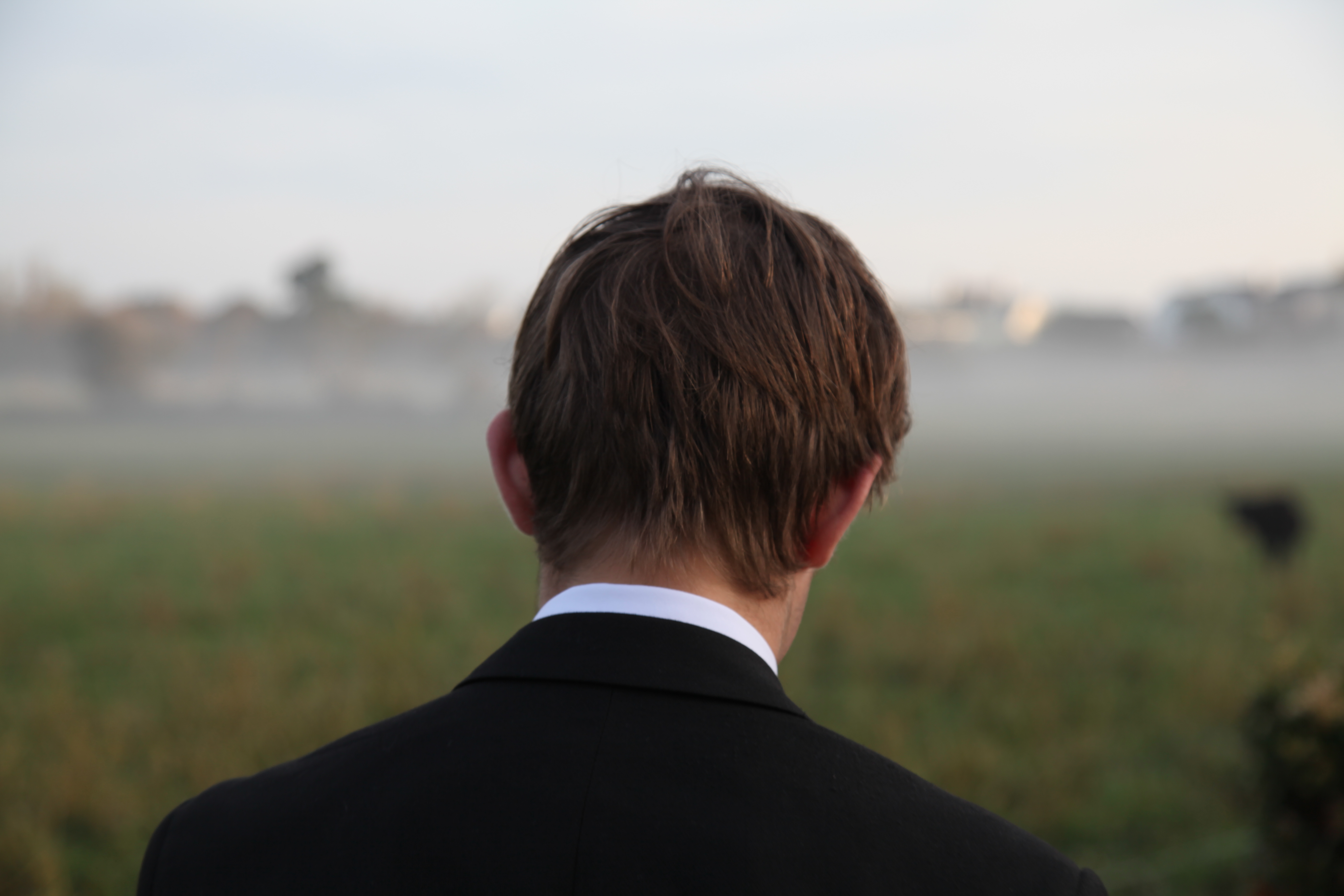

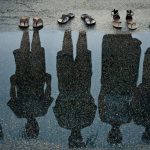


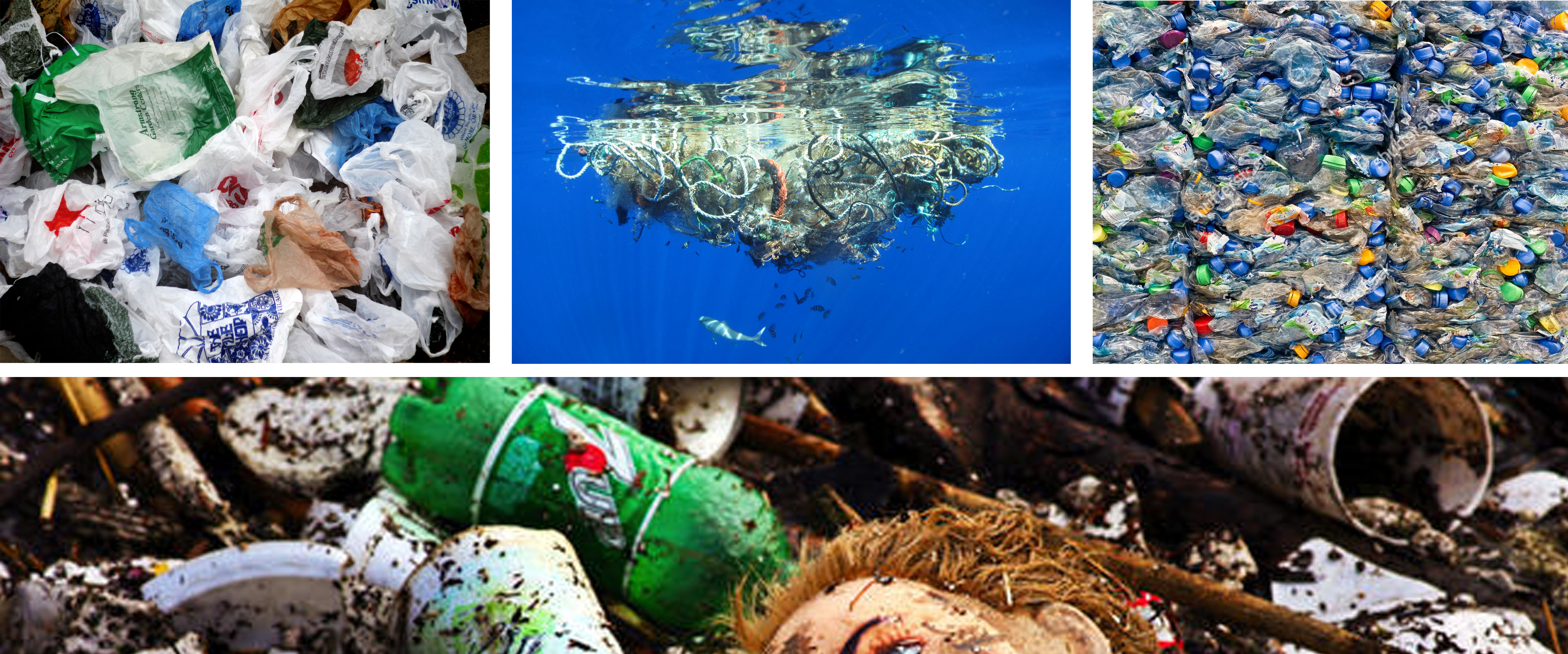



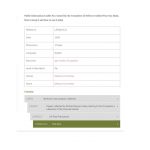

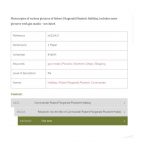



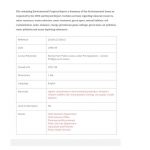
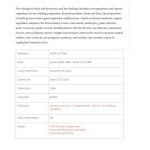
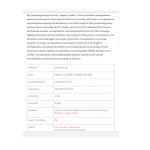
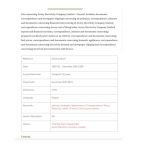
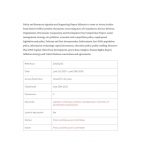
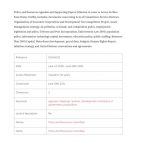


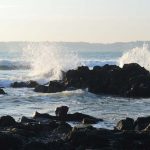

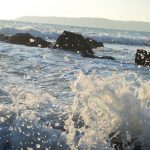


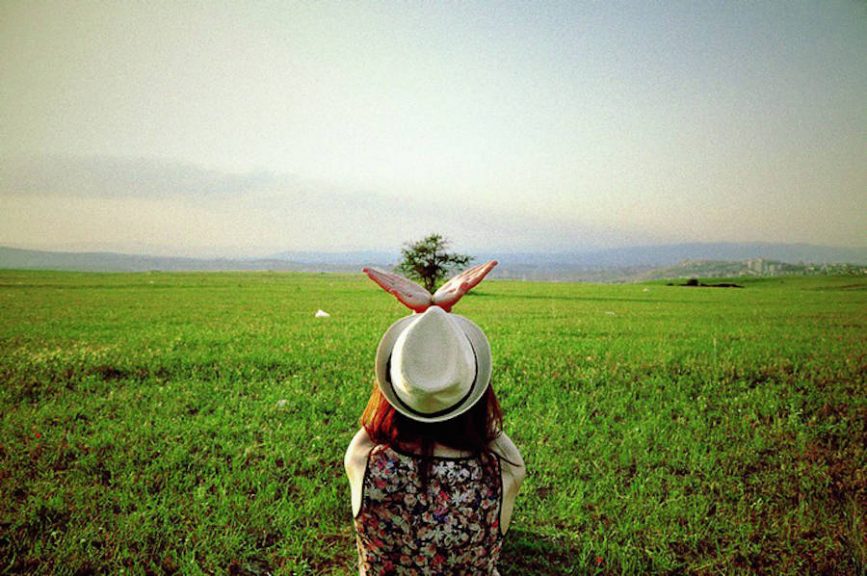

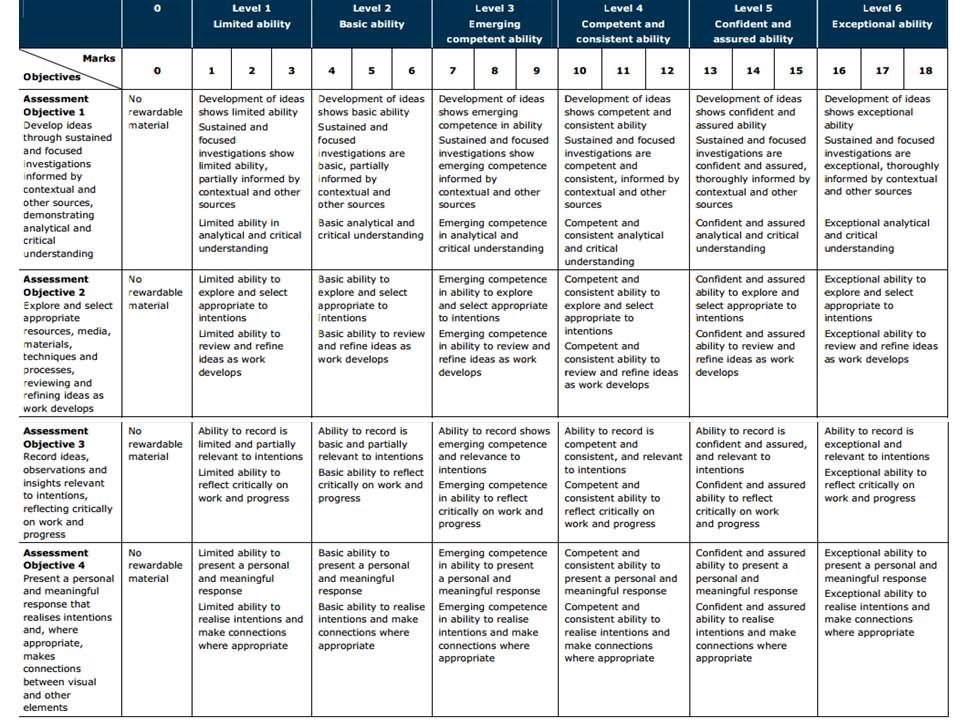
 Depicted above is a quick diagram made in Photoshop, using many different layers, showing how I might set up my final pieces as two separate but equally as important designs. I created this simple example to show how (depending on how my images work together) it might be best to split them up into symbolism and documentary/studio and location photographs and present them as two different projects, done on the same environmental awareness subject. To create this kind of presentation I will print of my finals as a mixture of A3, A4 and A5 pieces and spray mount them onto two separate large white boards.
Depicted above is a quick diagram made in Photoshop, using many different layers, showing how I might set up my final pieces as two separate but equally as important designs. I created this simple example to show how (depending on how my images work together) it might be best to split them up into symbolism and documentary/studio and location photographs and present them as two different projects, done on the same environmental awareness subject. To create this kind of presentation I will print of my finals as a mixture of A3, A4 and A5 pieces and spray mount them onto two separate large white boards.
